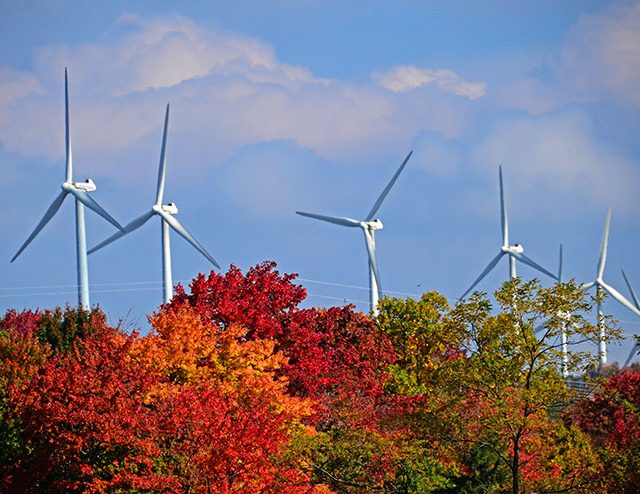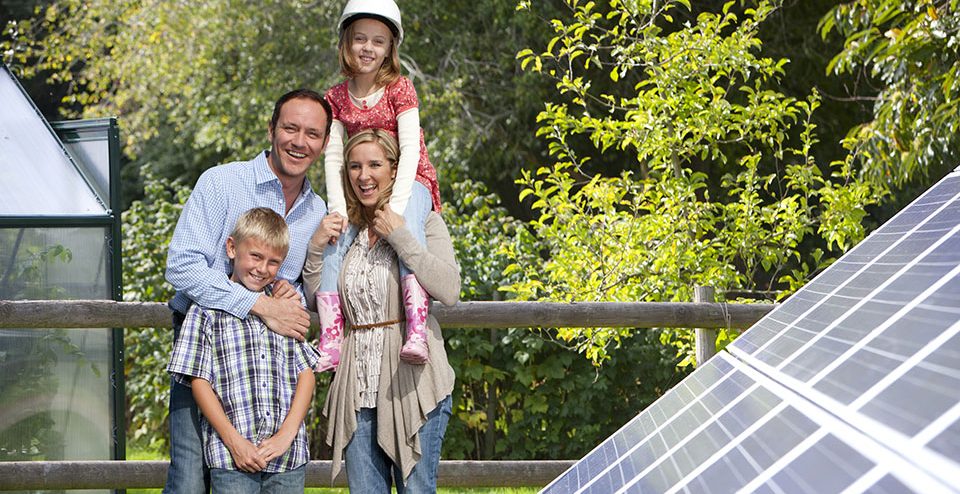Less than 5% of West Virginia’s electricity generation comes from renewable resources. Hydropower has long been used in mountainous West Virginia, and the state’s first hydroelectric power plants were built around 1900. West Virginia’s largest hydroelectric facility, with more than 100 megawatts of capacity, was built in the 1930s, and the newest, with a capacity of 80 megawatts, began operating in 2001. Of the state’s utility-scale hydroelectric facilities, the industrial sector operates the largest share, followed closely by electric utilities and independent power producers. Hydroelectric power accounts for less than 2% of the state’s net electricity generation. Power generation from wind energy is on the increase, but most of West Virginia’s wind energy potential is restricted to the narrow ridges in northeastern West Virginia. There are almost 700 megawatts of installed wind capacity in West Virginia, and, recently, wind energy contributed slightly more than hydropower to the state’s net electricity generation. Projects include Beech Ridge Energy, LLC (100.5 MW) operated by Invenergy Services, LLC in Greenbrier County; Laurel Mountain (97.6 MW) operated by AES Wind Generation, Inc. in Randolph County; Mountaineer Wind Energy Center (66 MW) operated by FPL Energy, LLC in Tucker County; NedPower Mount Storm (264 MW) operated by Shell Wind Energy, Inc. in Grant County; Pinnacle Wind Force, LLC (55 MW) operated by Edison Mission Energy in Mineral County; and New Creek (103 MW) operated by Enbridge in Grant County. Biomass and solar photovoltaic generation each contribute less than 0.01% to the state’s utility-scale electricity generation.
In 2015, West Virginia became the first state to repeal its renewable portfolio standard. In 2009, West Virginia had passed an alternative and renewable energy portfolio standard that required investor-owned electric utilities and retail suppliers with more than 30,000 customers to acquire 25% of their retail electric sales from eligible alternative and renewable energy resources by 2025. In addition to traditional renewable energy resources, West Virginia had allowed the use of a variety of other alternative, non-renewable technologies to meet the requirement, including advanced coal technology, coalbed methane, natural gas, fuel from coal gasification or liquefaction, synthetic gas, integrated gasification combined-cycle technologies, waste coal, tire-derived fuel, and pumped storage hydroelectric projects. The legislature further limited net metering, allowing utilities to offer net metering for distributed (customer-sited) generation on a first-come, first-served basis, as long the total generation capacity from those customers is no more than 3% of the electric utility’s peak demand during the previous year. At least 0.5% of that capacity is reserved for residential generation.
Source: EIA (July 21, 2016)



